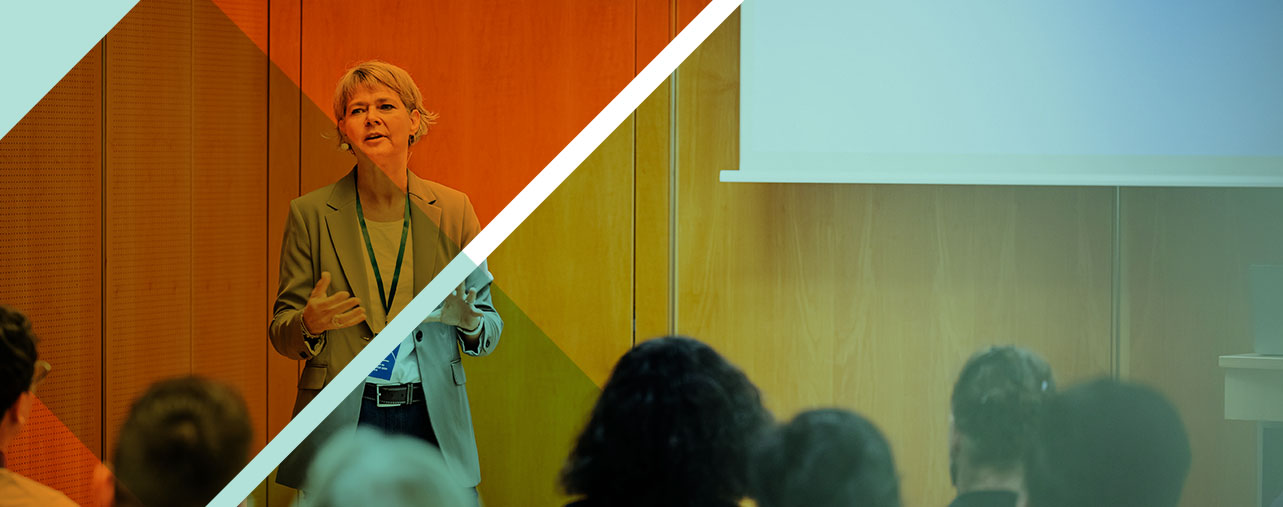10 Best Practices for Educating Employees About Total Rewards


- Author: Greg Stewart
As you invest in total rewards to attract, engage, and retain talent, ensuring employees understand everything your organization offers is crucial. Though you may already communicate frequently via email, intranet, and other channels, is there more you can do to ensure employees make the most of your total rewards program?
10 Actions to Enhance Your Total Rewards Communication Program
Our latest study revealed that only 42% of employees know all the rewards their company offers, suggesting there is more work to do in improving benefits education. By building an effective total rewards communication strategy, you maximize your total rewards ROI while meeting employees’ health and wellness needs. And when you address employees’ needs effectively, you can realize other benefits, including engagement, retention, and a more connected workforce.
Here’s what you can do to get started:
1. Define your organization’s total rewards
Though you likely offer many benefits to support employee well-being, salary and traditional health benefits tend to get the most attention. Therefore, it’s essential to define everything you offer and how each benefit and reward addresses employee needs. Examples include your mentorship program, bonus and long-term incentive programs, training, tuition reimbursement, financial wellness benefits, and others.
2. Simplify total rewards messaging
Consistent communication across employee populations, job functions, and locations creates clarity and signals a cohesive approach to total rewards. You can simplify messaging further by making it easy to understand. Using plain language free of technical jargon and acronyms (FSA, AD&D, HDHP, etc.) makes benefits less confusing.
3. Make communications accessible
In addition to making information fully accessible to employees from any location, it’s also important to deliver it in a variety of formats to accommodate those with varied hearing, vision, and learning abilities. You can also translate materials for those with English as a second language.
4. Educate employees year-round
There are many occasions to deliver benefits communications besides open enrollment season and new program launches. Starting with employee onboarding and continuing with regular employee communications throughout the year, you can develop a rolling campaign that highlights specific benefit programs each month.
5. Tailor communications to employee needs
Total rewards communications are more effective when they consider employees’ communication preferences, benefit needs, and where they are in their career. When we worked with the New York Power Authority (NYPA) to create a new total rewards communications strategy, we developed employee personas and distinct benefit communication touchpoints for each. Now, benefits education reaches diverse audiences and meets them where they are in their employee journey.
6. Communicate across multiple channels
Employees learn and process information in many ways. Therefore, use a combination of channels to educate employees, including:
- A benefits Slack channel
- Face-to-face and virtual Q&A sessions
- Webinars
- Total rewards website/intranet and video library
- Employee resource group (ERG) meetings
- Newsletters
- SMS
- Chatbots
7. Personalize benefits education and offerings
Employees are more likely to utilize benefits when they understand how and when to use them. You can help employees understand how each benefit applies to them personally with resources such as individual total rewards statements, usage illustrations, and decision support tools from your benefits administrator.
8. Use storytelling in benefits messaging
Research has found that people remember stories far more than descriptions and explanations. Therefore, make total rewards information more relatable and memorable by highlighting employee success stories. With the addition of video, animation, and other elements, total rewards communications will be even more engaging.
9. Incentivize total rewards education
A rewards system adds a dose of fun and makes benefits education more appealing. For example, you can award badges or prizes to employees who attend benefits events or create an interactive game that’s both entertaining and educational.
10. Leverage AI technology
AI tools can answer employee questions, simplify complex language, and help employees decide which benefits are right for them. Examples include:
- Virtual assistants and chatbots
- Automated and personalized open enrollment reminders
- Healthcare benefit cost estimators
Revitalize Your Benefits Communication Strategy
Taking advantage of total rewards offerings isn’t always easy for employees, especially considering the breadth of program and benefit options. However, by incorporating best practices and enhancing your benefits communication strategy, you can reach employees more effectively and build excitement about all your company has to offer.
For additional insights, follow us on LinkedIn or contact us to discuss how Ingenuity can help.


